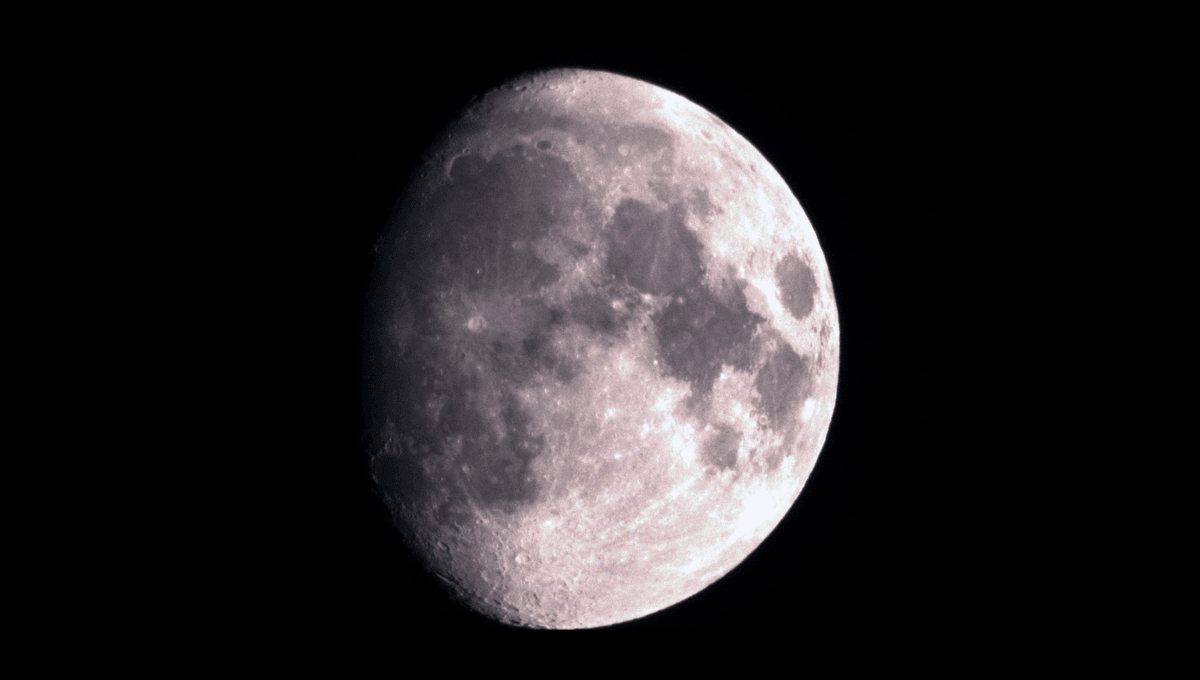
Life on Earth is fragile. Through the many billions of years of our planet’s history, countless species have gone extinct. Humanity has also contributed to that process in a variety of ways, the latest of them all being the climate crisis. Preserving a record of biodiversity on Earth is a complex but important task. Many vaults exist that contain specimens, kept safe for a just-in-case situation. An international team is now proposing to build one on the Moon.
The proposal is led by Dr Mary Hagedorn of the Smithsonian’s National Zoo and Conservation Biology Institute. The idea is to create a passive, long-lasting storage facility for Earth’s most at-risk animal species. The samples will be cryopreserved and that’s why portions of the Moon have an advantage. There are craters at the poles whose bottoms never see sunlight. In those regions the temperature always remains below -196°C (-321°F).
This is an extremely advantageous characteristic for the long-term stability of such a vault. The samples can be preserved without human intervention or power. Those are two requirements among the many that Earth repositories have. And a challenge to those here might put the whole system at risk.
There is also the world itself. The Moon has an atmosphere so thin that it is basically a vacuum, so no weather to worry about. And its quakes are nothing like Earth’s own. Vaults on Earth are built in difficult-to-access and stable areas, but that only minimizes dangers and doesn’t remove them. The famous Svalbard Global Seed Vault had to undergo refurbishment after the unexpected thawing of the surrounding permafrost led to water leaking into the entrance tunnel.
The idea has potential, but it is not simply a matter of sending a capsule to the Moon and being done with it. The team is looking at the various challenges that building such a repository would face. One is transportation. Another is how to protect the samples from radiation. A third one is the governance of such a facility.
The team is going to develop a protocol using a single species, the starry goby (Asterropteryx semipunctata). The lunar biorepository would cryopreserve an animal skin sample with fibroblast cells; clones can be made from fibroblasts.
The team hopes to build partnerships with space agencies and conduct tests on the International Space Station, to mimic some of the future challenges.
The study is published in the journal BioScience.
Source Link: Vault On The Moon To Preserve Earth’s Biodiversity Proposed By Scientists